Music Scales for Songwriters
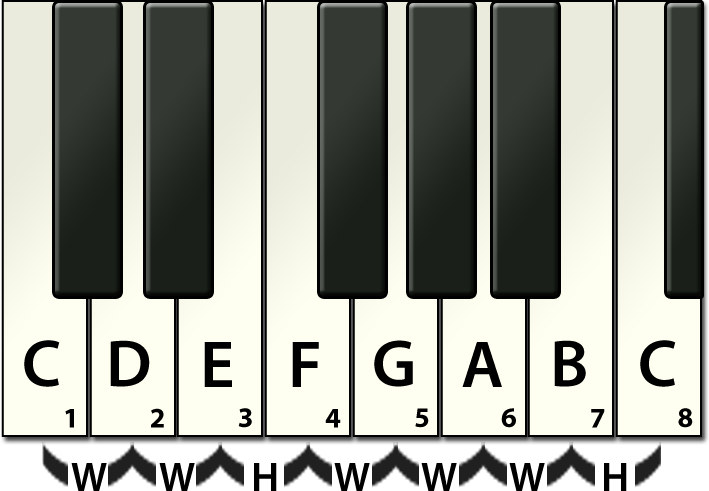

At the heart of every song is the melody. The melody is a mix of tones and rhythmic patterns. In order to create a melody there needs to be a musical scale. The scale for the songwriter is like the pallet for the painter. The painter has on the pallet various paint colors that can be mixed to create new colors that are added to the canvas to render a picture.
Think of the music scale as the raw material for a melody. The music scale is the basis for all musical theory.
The Major Scale
The major scale is a series of seven notes that follow a particular order. The order is as follows:
Think of the scale as a ladder. The western scale has 12 tones. Each rung is a half step (semitone) and two rungs equal a whole step (tone). The interval pattern for the Major scale is
W W H W W W H
Where W is a whole step and H is a half step interval

The Minor Scale:
Each major key has a corresponding, relative minor key. The minor key will be in the same key signature, and will contain the same notes as the major key. The only difference between the two is that the minor key simply STARTS on a different note. For example, in the key of C Major, the relevant, corresponding minor key is A minor. Which is a minor 3rd below the root
You can always find the relative minor key by counting up six notes from the root of the Major key. So in the C Major example: C, D, E, F, G, A, B, C. Hence the minor key starts on the A.
The sequence of a minor scale is different, and goes like this:
Root – Tone – Semitone – Tone – Tone –Semitone – Tone – Tone

So if as an example we use the A minor scale which is the relative minor scale of C Major, we have the following sequence of notes:
A B C D E F G A
Armed with the knowledge of the notes in a musical scale will help you write melodies for your songs. Obviously there is a lot more involved in writing a great song melody. Having an understanding of a musical scale is a vital thing every songwriter needs to know and understand


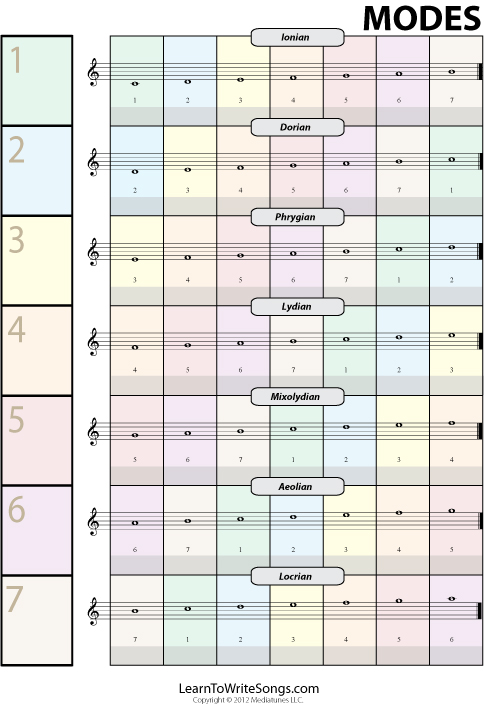
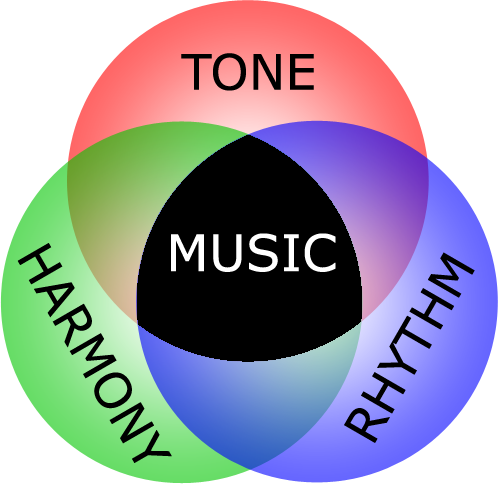
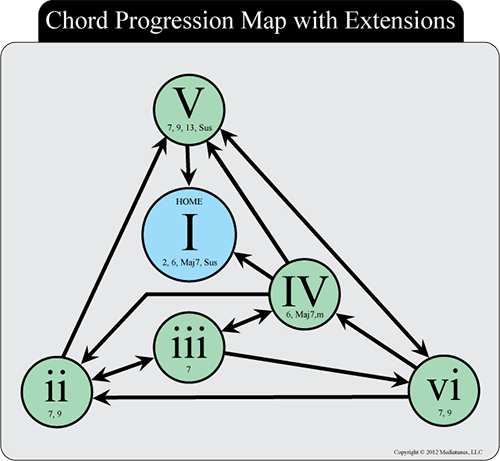
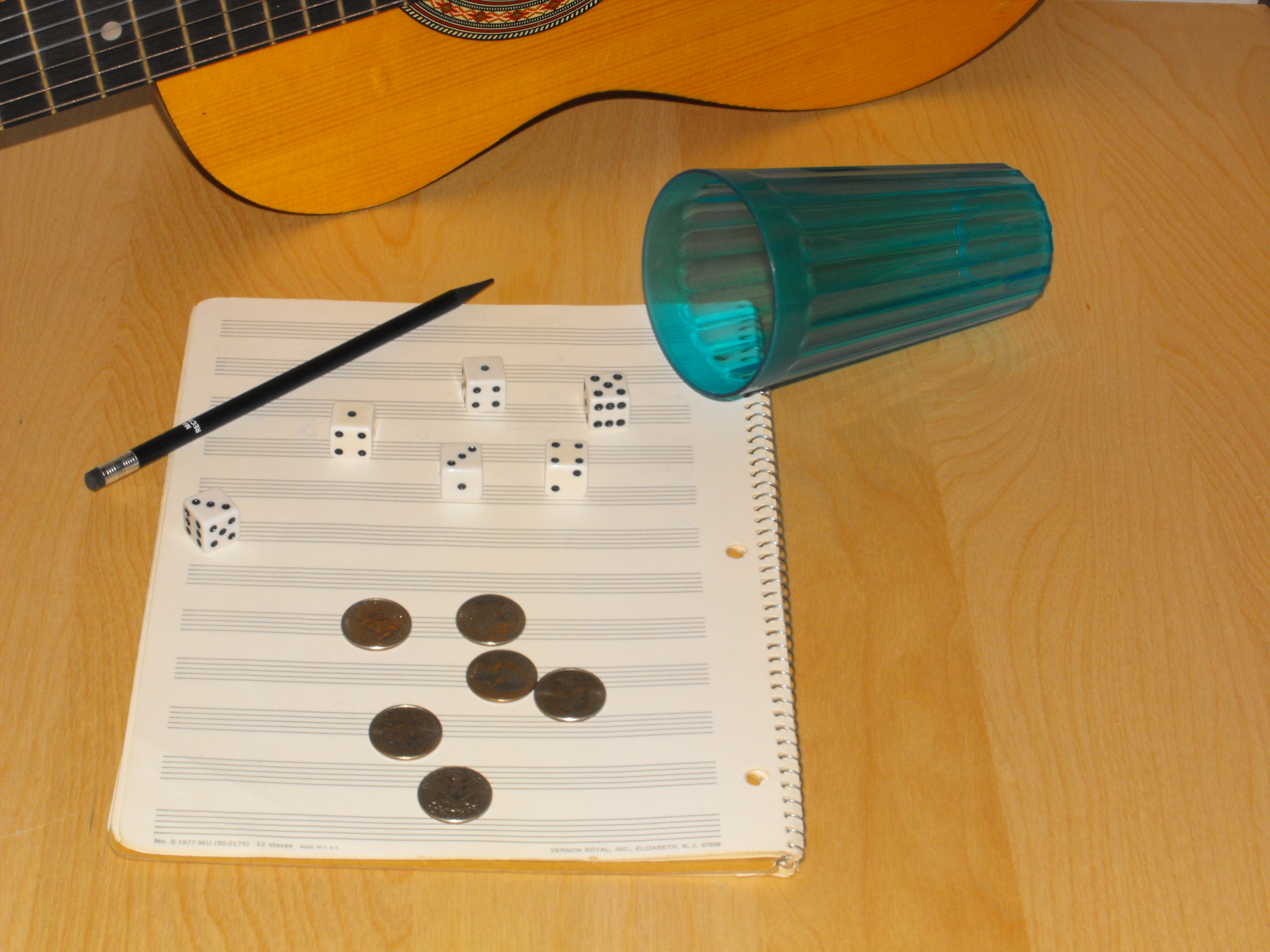
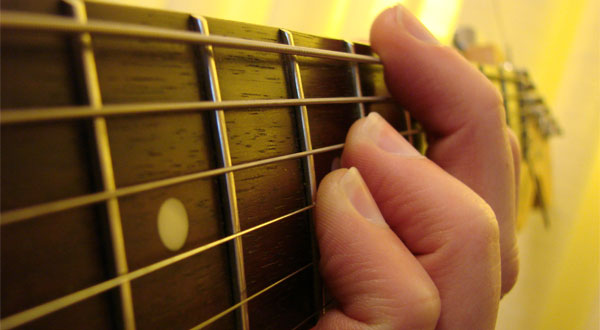
Hello, I’m enjoying what you have to say here, and I do believe my fiancé has read quite a lot of what you’ve listed, my question to you would be, that I am told often that my writing skills are quite good and very unique. I do use many different rhymes and rhythms in my work, as a person who has memory issues, it basically free flows, while in song. then it is gone, I don’t remember it anymore. Do you think it would do me any good to read any particular book in an effort to master retention of a lyric, melody, poem? Like I said, its funny, no one complains, we get it done and my partners can’t keep up with me, but for my own growth, any suggestions? Thank you in advance?
There are many reasons that cause a lack of memory retention. I really can’t specifically address that. One thing that can help is to get a portable digital recorder. If you have a smart phone, it could have an app that allows you to record your ideas. You could also carry a notebook and pencil with you where ever you go. When inspiration hits you can capture those ideas. Either one of the techniques will help you “remember” your ideas.
IPADHARMONY*(TM):”Scientific interactive Music Palette Apps” will help all People create and experiment with all manner of sound concepts. A simplification and digitization of all manner of music information into a series of music Palettes for FUN or Tuition.